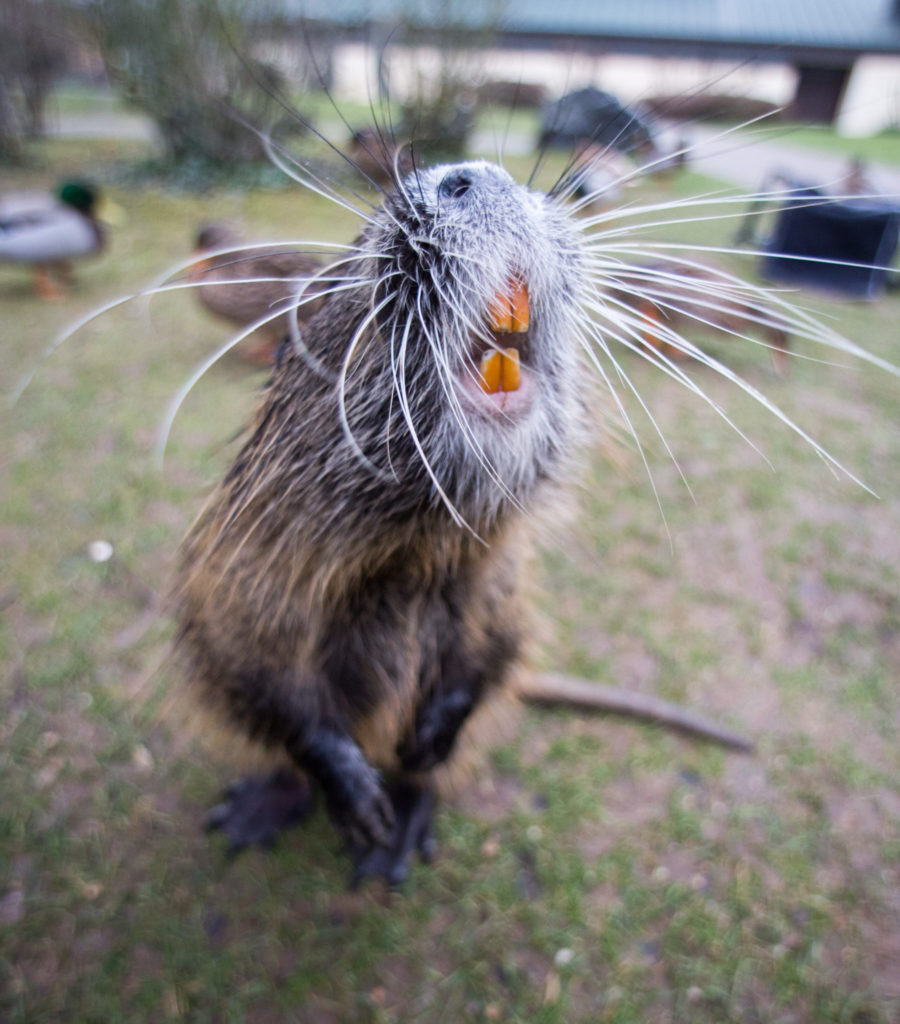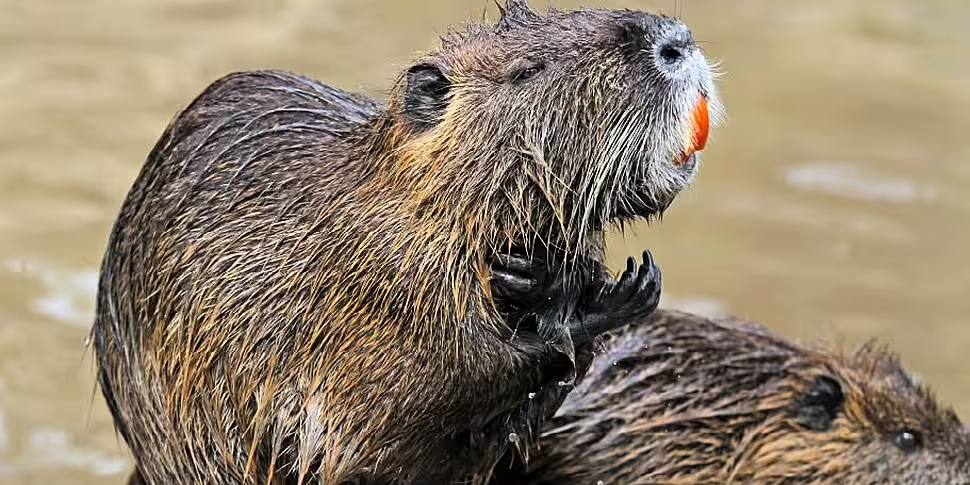Officials say a report of a massive one metre long rodent in the Royal Canal in Dublin is most likely a case of mistaken identity.
The semi-aquatic creature with orange teeth was originally thought to be an invasive rodent known as the coypu.
The creature can impact wildlife, river and canal bank stability - and is a pest of agriculture crops.
They also carry a number of diseases to humans and domestic animals.
Residents in West Dublin were warned not to approach the animal and to notify the authorities.
However, Waterways Ireland now believes the sighting is actually the native Irish otter.
They said in a statement: "Earlier this week Waterways Ireland received notification of an unconfirmed report from the National Biodiversity Data Centre via National Parks and Wildlife Services of a coypu on the Royal Canal. We are obliged to take this seriously, given the potential implications posed by a coypu presence on Irish waterways.
"All evidence now leads us to believe that this was a case of mistaken identity and the report was likely that of native otter, which are present on the Royal Canal."
Coypu
The latest alert followed a potential sighting of a coypu in Cork city in 2017.
The large, semi-aquatic rodent can be up to one meter in head to tail length and weigh up to 9kg.
 A coypu approaches a person distributing bread crumbs in Germany in 2016 | Image: Frank Rumpenhorst/DPA/PA Images
A coypu approaches a person distributing bread crumbs in Germany in 2016 | Image: Frank Rumpenhorst/DPA/PA ImagesIt has webbed hind feet and dark fur, often with lighter ends, and a white muzzle.
The copu also has a long cylindrical tail - not a fur tail - and small, slightly protruding ears.
Its distinctive features include large, bright orange-yellow incisor teeth.
People are advised not to attempt to engage, trap or harm the animals.
While the latest alert appears to have been mistaken identity, the public is still being encouraged to report any suspected coypu sightings - preferably with a confirmation photo.
- Waterways Ireland Environment Section on 061-922141
- NPWS at biodiversitypolicy@chg.gov.ie or a local National Parks and Wildlife ranger with details of location/date
- invasives@biodiversityireland.ie
- http://records.biodiversityireland.ie
Main image: A coypu is seen in this photo supplied by The National Biodiversity Data Centre | Image: National Biodiversity Data Centre/Shutterstock









